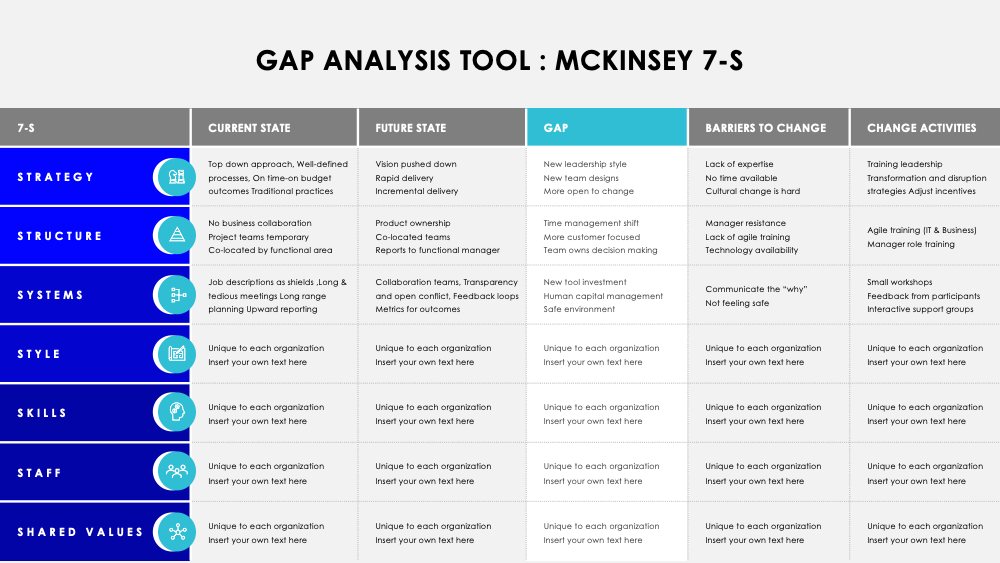
Gap Analysis of Ghana's Galamsey Problem
Galamsey, or illegal small-scale mining, remains a significant issue in Ghana. The practice is prevalent in mining regions, particularly in rural areas where economic opportunities are limited.
Highlights:
- Over 60% of Ghana's land area is affected by galamsey.
- Thousands of illegal miners operate across Ghana, causing massive deforestation and water pollution.
- The Ghana Water Company reported that over 70% of water bodies are polluted, largely due to illegal mining activities.
Gap Analysis of Ghana's Galamsey Problem
1. Current Situation of Galamsey in Ghana
Galamsey, or illegal small-scale mining, remains a significant issue in Ghana. The practice is prevalent in mining regions, particularly in rural areas where economic opportunities are limited. Despite government efforts, including military interventions and task forces, galamsey continues to persist, driven by economic desperation, weak enforcement, and the involvement of foreign nationals.
Key Statistics:
- Over 60% of Ghana's land area is affected by galamsey.
- Thousands of illegal miners operate across Ghana, causing massive deforestation and water pollution.
- The Ghana Water Company reported that over 70% of water bodies are polluted, largely due to illegal mining activities.
2. Gaps in Legislation and Enforcement
Despite a robust legislative framework governing mining activities, such as the Minerals and Mining Act (2006), enforcement remains weak. Local authorities are often unable to enforce these laws due to:
- Lack of resources: Enforcement agencies are understaffed and underfunded, making it difficult to combat illegal operations in remote areas.
- Corruption: Reports of bribery within task forces and law enforcement bodies allow illegal miners to evade punishment, perpetuating the cycle.
- Judicial inefficiencies: Legal actions against illegal miners are often delayed or dismissed, with limited convictions and penalties that do not serve as strong deterrents.
Gap Identified: There is a significant disconnect between the law and its effective enforcement, which weakens the government’s ability to combat galamsey.
3. Economic Drivers and Poverty Alleviation
Galamsey thrives in impoverished rural areas where alternative economic opportunities are scarce. Many people depend on illegal mining as a livelihood, especially as agriculture, traditionally a backbone of the economy, struggles due to climate change, low yields, and lack of support.
Gap Identified: The lack of viable alternative livelihoods for people in galamsey-prone areas remains a critical issue. Economic incentives for small-scale mining, even if illegal, outweigh the risks of prosecution, making it hard for enforcement to succeed.
4. Environmental and Health Impacts
Galamsey has led to significant environmental degradation, including:
- Water pollution: The use of toxic chemicals, such as mercury and cyanide, has polluted rivers and water bodies, making them unfit for consumption and agriculture.
- Deforestation: Large-scale destruction of forests for mining activities is accelerating land degradation.
- Health issues: Communities around mining areas face health problems, including respiratory diseases and heavy metal poisoning, as a result of contaminated air and water.
Gap Identified: There is a lack of a comprehensive environmental reclamation plan or the widespread enforcement of environmental standards, despite the clear and present dangers posed by galamsey activities.
5. Community Involvement and Local Governance
There is a lack of community involvement in decision-making processes related to mining activities. Local communities often feel left out of the discussions about mining and land use, leading to apathy or active participation in illegal activities.
Gap Identified: A significant gap exists in engaging local communities in sustainable mining practices and governance, which could lead to better cooperation in the fight against galamsey.
6. Technological and Resource Gaps
The current efforts to combat galamsey are largely manual and resource-intensive. There is limited use of modern technologies, such as satellite imaging or drones, to monitor illegal mining activities in real time. The use of technology could greatly improve the ability of enforcement agencies to respond to illegal activities swiftly.
Gap Identified: There is a technological gap in monitoring and enforcement that could be filled by leveraging modern tools for better surveillance and accountability.
7. Rehabilitation and Reclamation
Efforts to rehabilitate lands destroyed by galamsey activities have been inadequate. While some reclamation projects have been initiated, the scale of the problem far exceeds the resources allocated for environmental recovery. Many mining sites remain abandoned, leading to long-term environmental degradation.
Gap Identified: A significant gap exists between the extent of land degradation caused by galamsey and the resources and programs available for effective land reclamation.
Recommendations to Address the Gaps
Strengthening Law Enforcement: Increase funding, training, and resources for enforcement agencies and create specialized anti-galamsey units. Furthermore, tackling corruption within law enforcement and task forces is crucial.
Introducing Alternative Livelihood Programs: Develop programs aimed at providing alternative, sustainable economic activities such as agriculture, aquaculture, or eco-tourism to areas impacted by galamsey.
Technological Integration: Invest in technology such as drones, GPS mapping, and satellite monitoring to track illegal mining activities and improve real-time enforcement response.
Community Involvement: Establish local committees involving chiefs, community members, and local governments to monitor mining activities and foster a sense of local responsibility.
Environmental Reclamation: Expand land reclamation projects and create a national environmental restoration fund that holds illegal miners and complicit companies accountable for environmental damage.
Policy Review: Review and update mining policies to reflect current challenges, including revisiting the allocation of small-scale mining licenses to ensure sustainable practices.
Conclusion
The gaps in Ghana’s galamsey crisis reveal a multifaceted problem that requires a holistic solution. While the government has made strides in addressing the issue, persistent gaps in enforcement, economic alternatives, environmental protection, and community engagement remain. Bridging these gaps will require concerted effort from all stakeholders, including the government, local communities, and international partners, to ensure a sustainable solution to the galamsey problem.

